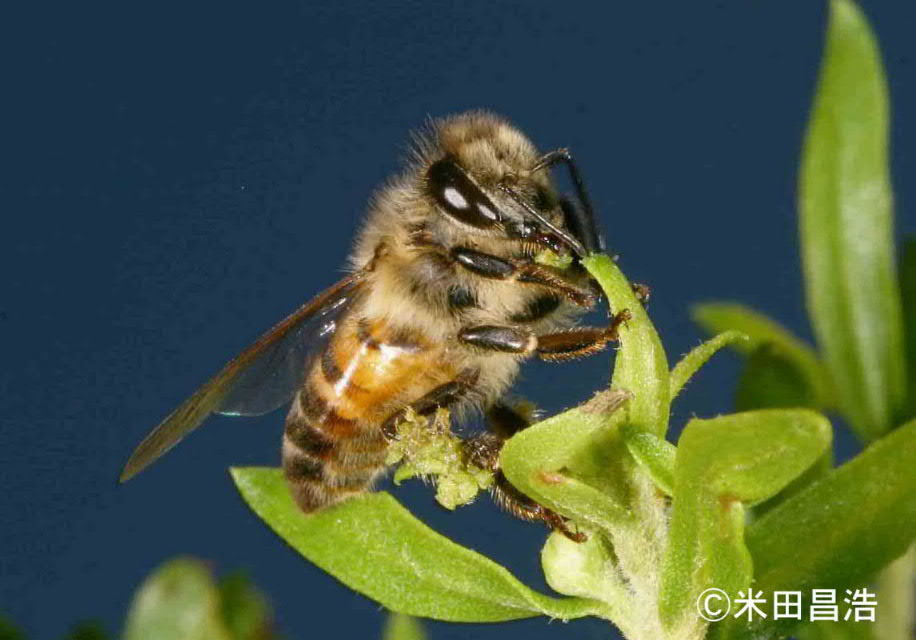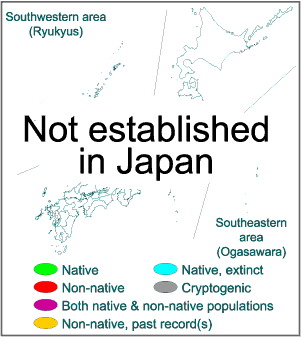| Basic information |
| Scientific name |
Apis mellifera scutellata |
Click to magnify

|
| Common names |
African killer bee, Africanized honey bee |
| Higher taxon |
Apidae, Apoidea, Hymenoptera |
| Natural range |
Eastern and southern Africa, regions of 500 to 1500 m alt. |
| Habitat |
Agricultural areas, natural forests, planted forests, ruderal, urban areas, etc. |
| Invasion information |
| Range in Japan |
Not established in Japan |

|
| Origin |
Unintroduced to Japan. |
| Date |
|
| Route |
Deliberate: Introduced to Brazil for bee culture and pollination. |
| Impact |
Potentially: Stinging humans and animals for strong agressive nature of the Africanized honey bee (sometimes called \\\"killer bee\\\"). Competition with native species. Trade of honeybees can carry various pathogens (foulbrood, chalk disease, Acarapis woodi, Nosema apis)
Native organism(s) affected: Apis cerana japonica (competition) |
| Regulation in Japan |
Import of honeybees to Japan is regulated (the Domestic Animal Infectious Diseases Control Law). |
| Introduced range in other countries |
central to southern North America to Latin America, Bermuda, Puerto Rico. |

 Japanese |
English
Japanese |
English